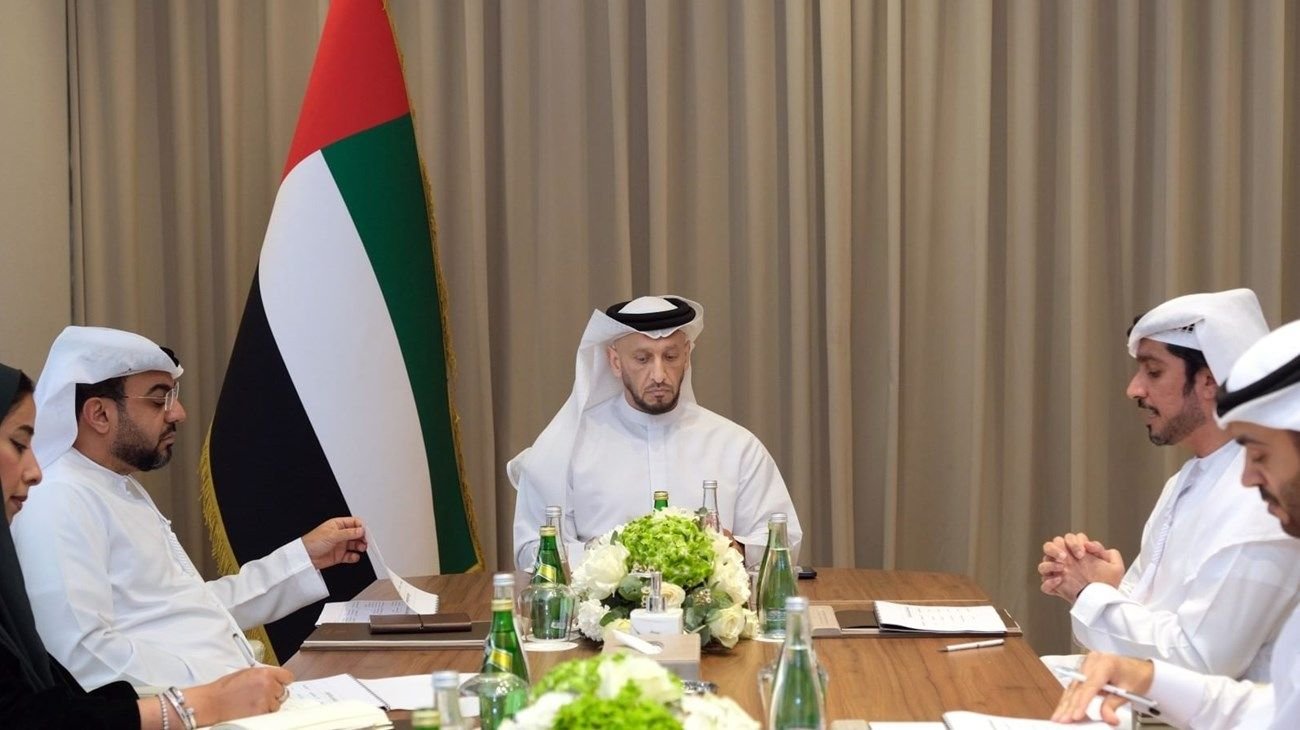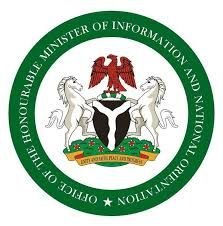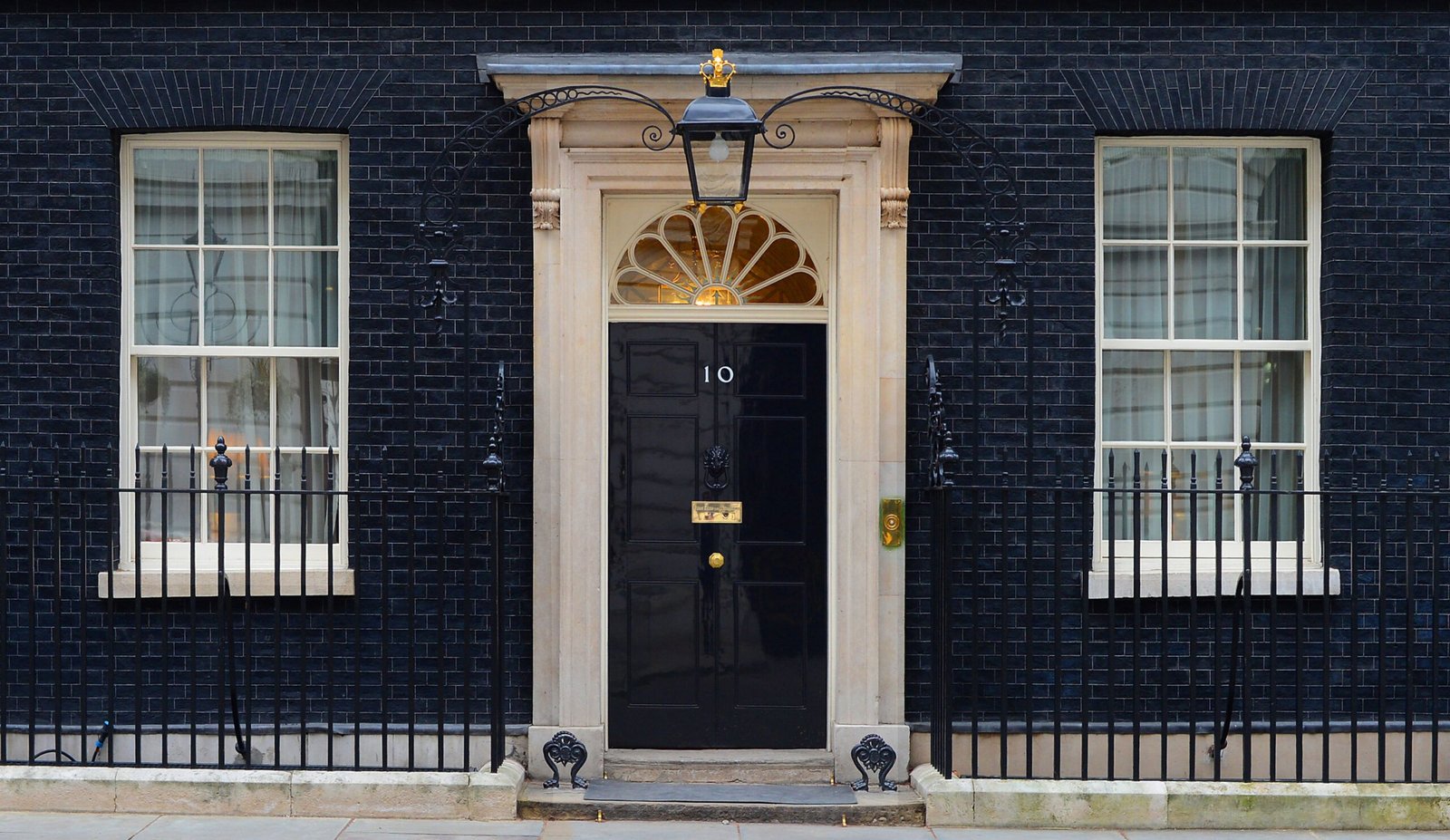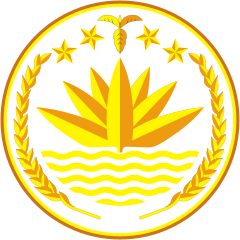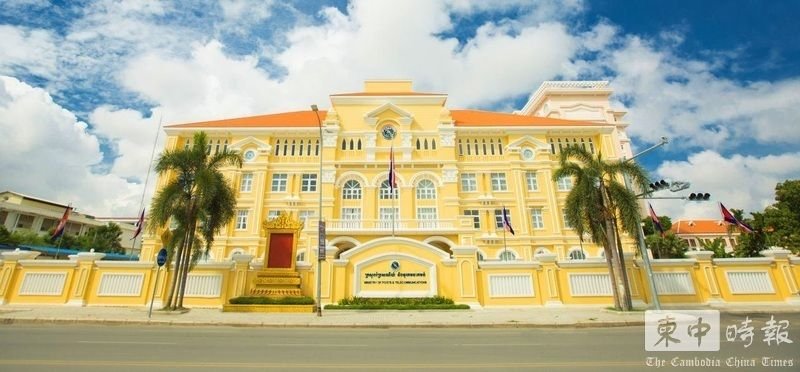Brazilian Ministry of Science Technology and Innovation
Brazil’s Ministry of Science, Technology and Innovation (Ministério da Ciência, Tecnologia e Inovação) is the federal cabinet agency responsible for coordinating the country’s science, technology and innovation policies since its establishment in March 1985. The ministry oversees multiple secretariats including digital transformation, technological development, and social development programs. Headquartered in Brasília’s government district, the MCTI serves as Brazil’s primary institutional partner for international technology cooperation agreements, including recent artificial intelligence partnerships with countries like China aimed at strengthening bilateral innovation frameworks.



